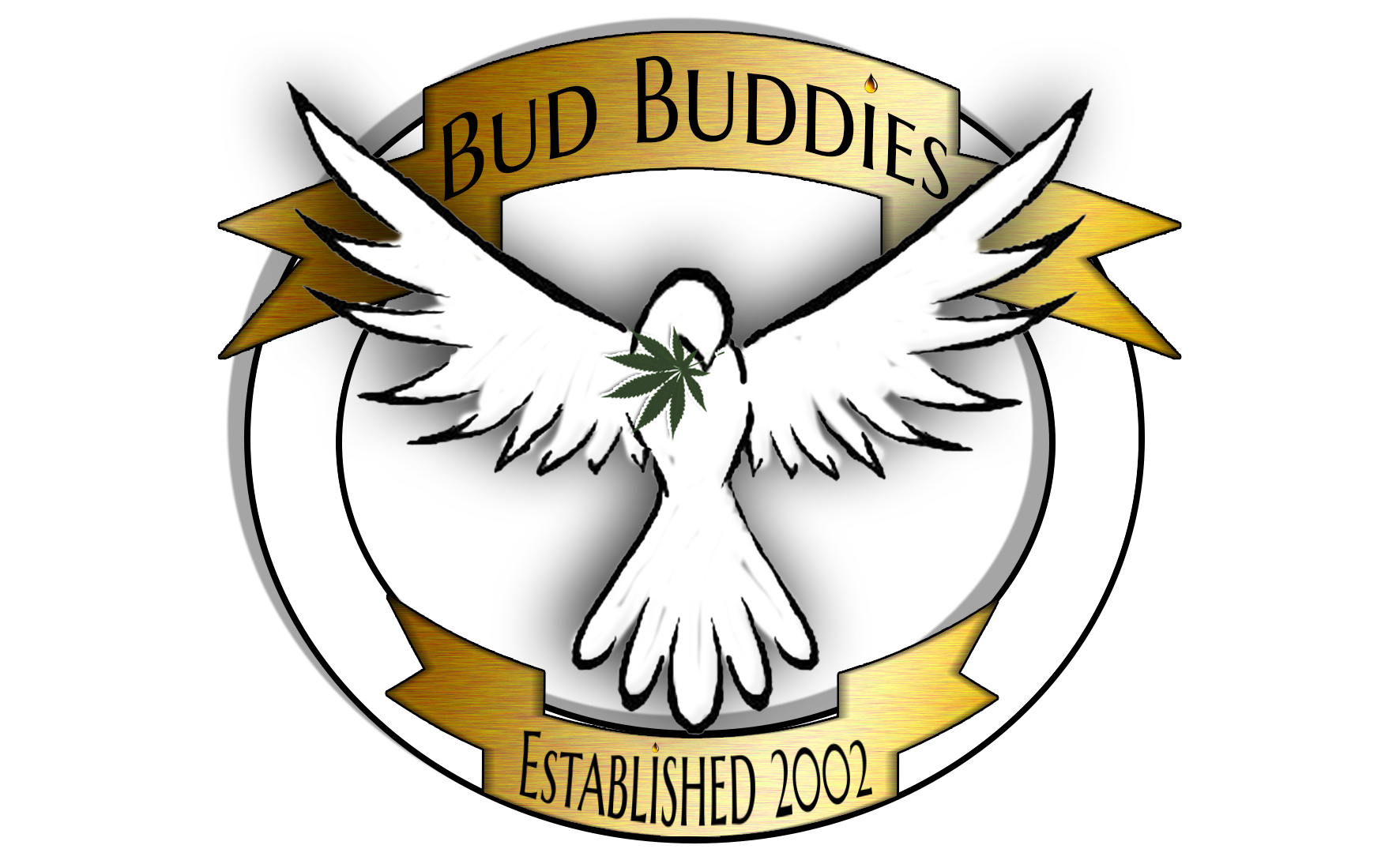A B C D E F G H I J K L M N O P Q R S T U V W X Y Z
Heart conditions
See also: Atherosclerosis
Cardiovascular disease (CVD) is a class of diseases that involve the heart or blood vessels, e.g. angina, myocardial infarction (heart attack), stroke, rheumatic heart disease, cardiomyopathy, heart arrhythmia, and congenital heart disease.
The underlying mechanisms vary depending on the disease in question. Coronary artery disease, stroke, and peripheral artery disease involve atherosclerosis. This may be caused by high blood pressure, smoking, diabetes, lack of exercise, obesity, high blood cholesterol, poor diet, and excessive alcohol consumption, among others. High blood pressure results in 13% of CVD deaths, while tobacco results in 9%, diabetes 6%, lack of exercise 6% and obesity 5%.
Cannabinoids as therapeutic agents in cardiovascular disease:
“Cannabinoids have also been associated with beneficial effects on the cardiovascular system, such as a protective role in atherosclerosis progression and in cerebral and myocardial ischaemia”
Download the .pdf: Here
The emerging role of the endocannabinoid system in cardiovascular disease
“Collectively, the above-mentioned accumulating evidence suggests that the modulation of the endocannabinoid system by selective agonists or antagonists may hold tremendous therapeutic potential in various cardiovascular disorders associated with inflammation and tissue injury, ranging from myocardial infarction and heart failure to atherosclerosis and cardio metabolic disorders.
Download the .pdf: Here
Endocannabinoids and the Heart
“Administration of anandamide, Δ9 -tetrahydrocannabinol or synthetic cannabinoids causes hemodynamic changes which are complex, involving phases of both increased and decreased blood pressure as well as changes in heart rate. These effects are mainly mediated by CB1 receptors and include actions on the nervous system, both central and peripheral”
Download the .pdf: Here
Hepatitis C
The current treatment for Hepatitis C involves interferon medication. Its side effects can induce flu-like symptoms, fatigue, insomnia, loss of appetite, nausea, muscle or joint pain and depression.
Cannabinoids as a Novel Therapeutic Modality Against Autoimmune Hepatitis
“Taken together, our data suggest that exogenous cannabinoids such as THC, upon binding to CB1 and CB2 receptors on immune cells, mediate anti-inflammatory effects through multiple pathways including induction of apoptosis in effector T-cells”
Download the .pdf: Here
HIV
HIV+ patients and those with AIDS are reported to be the largest single group of medical cannabis users and there have been several trials conducted administering cannabinoids via inhalation and oral ingestion.
Donald Abrams MD and Professor of Clinical Medicine at UCLA has been treating HIV sufferers in San Francisco for many years and he reported in 2003:
“Smoked and oral cannabinoids did not seem to be unsafe in people with HIV infection with respect to HIV RNA levels, CD4 and CD8 cell counts, or protease inhibitor levels over a 21-day treatment.
Patients receiving cannabinoids had improved immune function compared with those receiving placebo. They also gained about 4 pounds more on average than those patients receiving placebo”
Regarding peripheral neuropathy (Donald Abrams 2007):
“Patients were randomly assigned to smoke either cannabis (3.56% THC) or identical placebo cigarettes with the cannabinoids extracted three times daily for 5 days…
Conclusion: Smoked cannabis was well tolerated and effectively relieved chronic neuropathic pain from HIV-associated sensory neuropathy. The findings are comparable to oral drugs used for chronic neuropathic pain”
In 2008 Dr Ronald J. Ellis, PhD, Professor, Department of Neuroscience at the University of California reported:
“The proportion of subjects achieving at least 30% pain relief was again significantly greater with cannabis (46%) compared to placebo (18%). It was concluded that smoked cannabis was generally well-tolerated and effective when added to concomitant analgesic therapy in patients with medically refractory pain due to HIV-associated neuropathy”
Huntington’s disease
See: Parkinson’s Disease
Also known as Huntington’s chorea, Huntington’s disease (HD), is a degenerative disorder which causes the death of brain cells, in 90% of cases HD is inherited from the parents.
Early indications can be problems with mood or mental abilities, a lack of coordination and an unsteady gait will often develop. As the disease advances, uncoordinated, jerky body movements become more apparent and physical abilities gradually worsen until coordinated movement becomes difficult and the person is unable to talk.
Due to disease progression mental abilities will decline into dementia.
Neuroprotective Properties of Cannabigerol (CBG) in Huntington’s Disease
“In summary, CBG appears to have a promising neuroprotective profile for the treatment of HD, a fact already investigated with other phytocannabinoids separately or in combination. CBG appears to be particularly active against the mitochondrial dysfunction, calpain activation and oxidative injury caused by 3NP. It was also active in R6/2 mice, but with only modest effect, so it is possible that it needs to be combined with another phytocannabinoid in these mice to enhance its therapeutic effects, in particular with cannabinoids having activity at CB1 and/or CB2 receptors, which have been found to serve as therapeutic targets in these mice”
Download the .pdf: Here
Therapeutic Potential of Cannabinoids for Movement Disorders
“The endocannabinoid system modulates neurotransmission involved in motor function, particularly within the basal ganglia. Preclinical research in animal models of several movement disorders have shown variable evidence for symptomatic benefits but more consistently suggest potential neuroprotective effects in several animal models of Parkinson’s (PD) and Huntington’s disease (HD). Clinical observations and clinical trials of cannabinoid-based therapies suggests a possible benefit of cannabinoids for tics and probably no benefit for tremor in multiple sclerosis or dyskinesia or motor symptoms in PD. Data are insufficient to draw conclusions regarding HD, dystonia or ataxia and non-existent for myoclonus or restless legs syndrome.
Download the .pdf: Here
